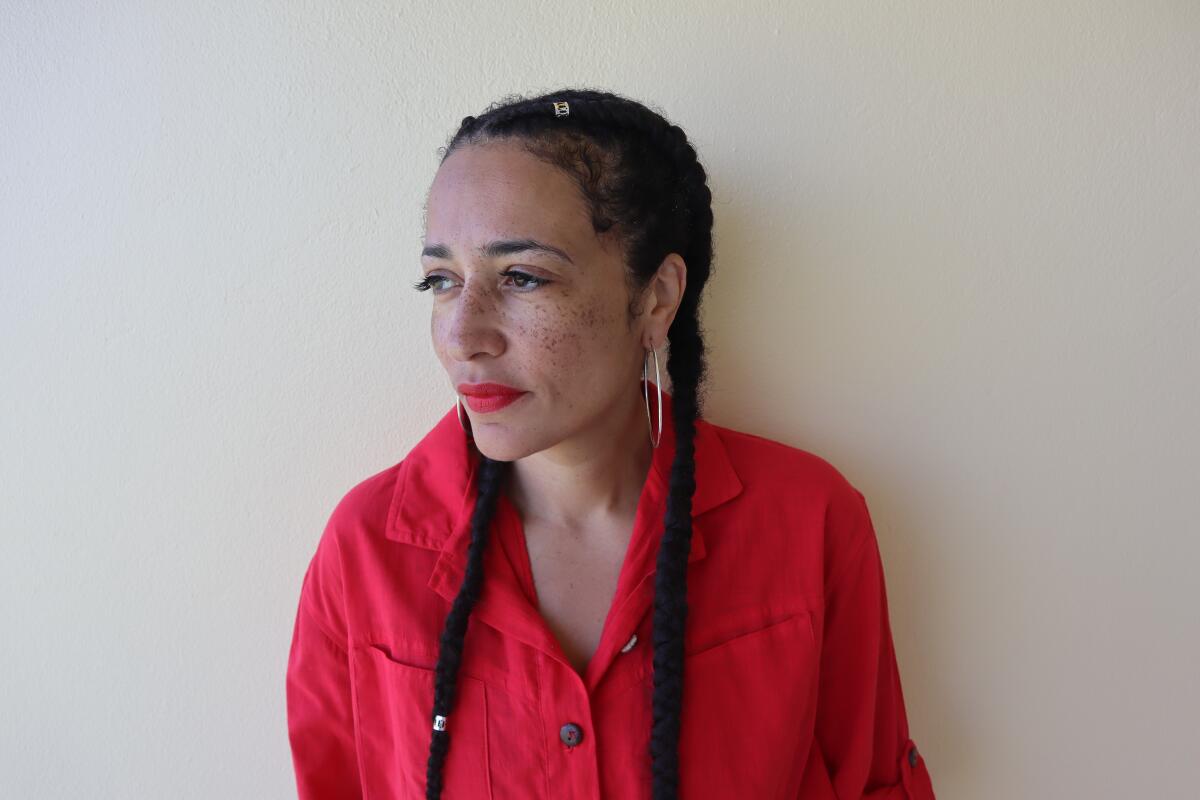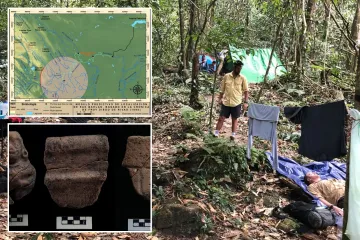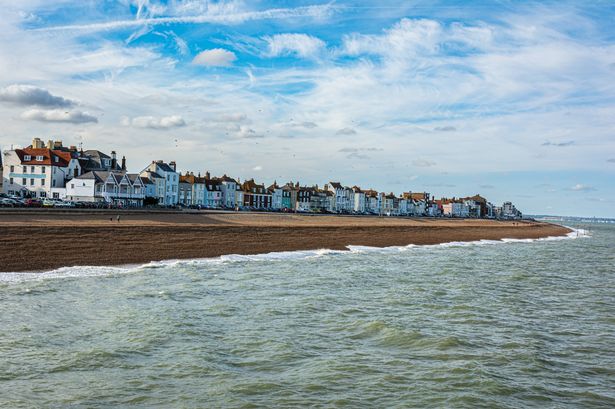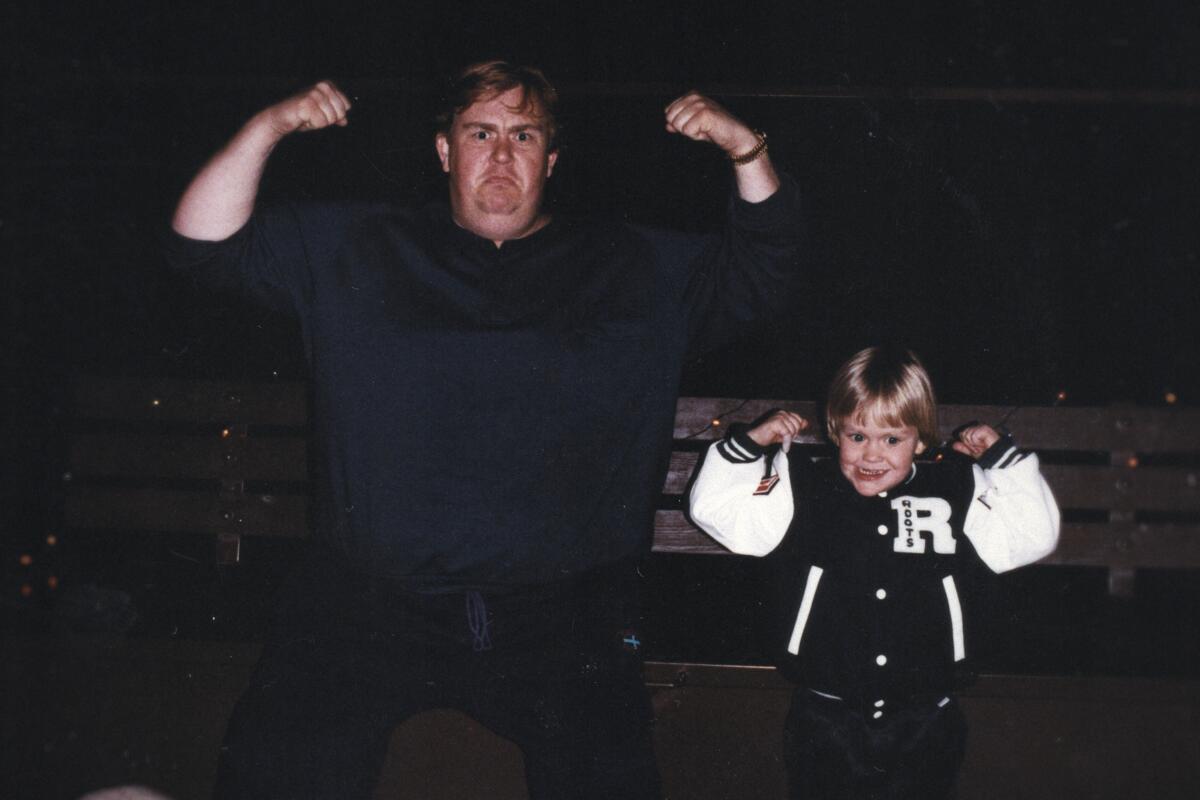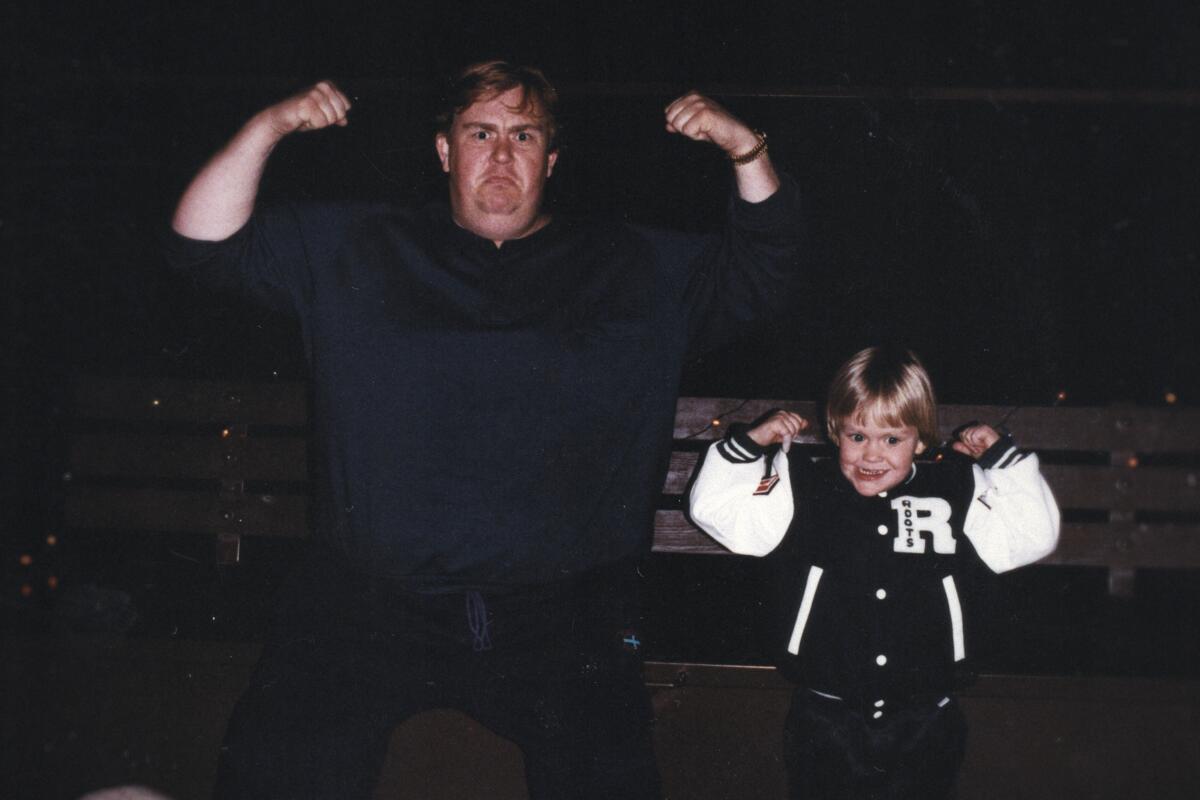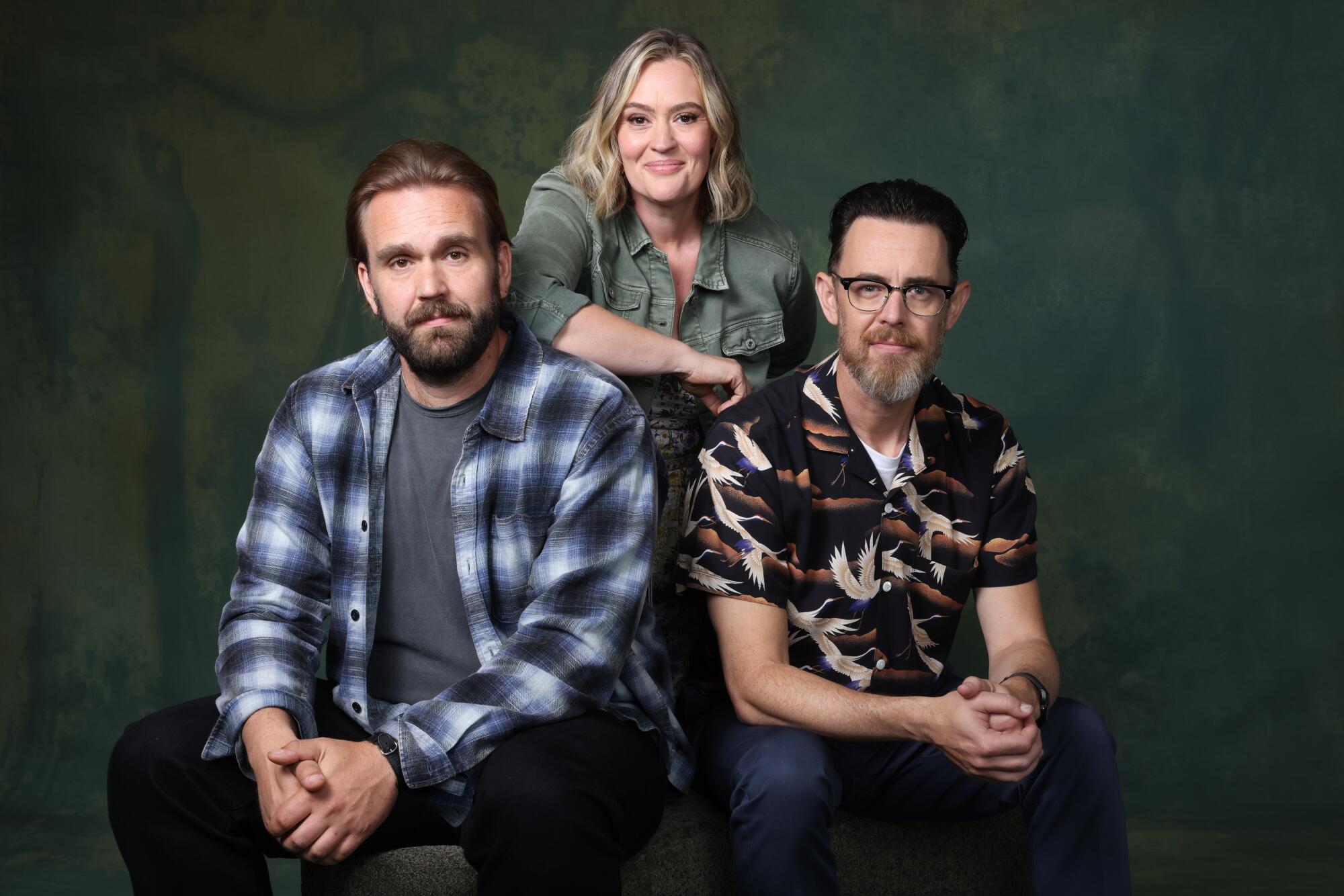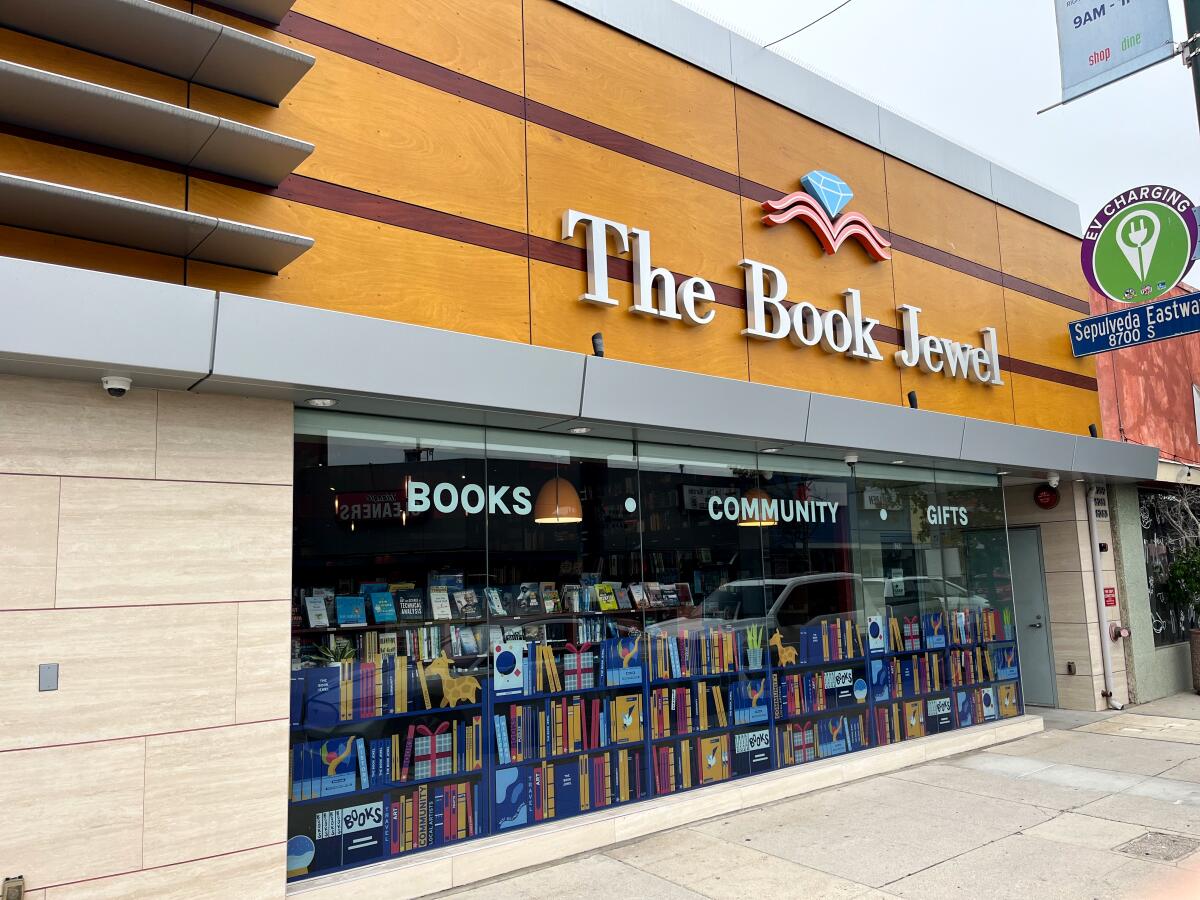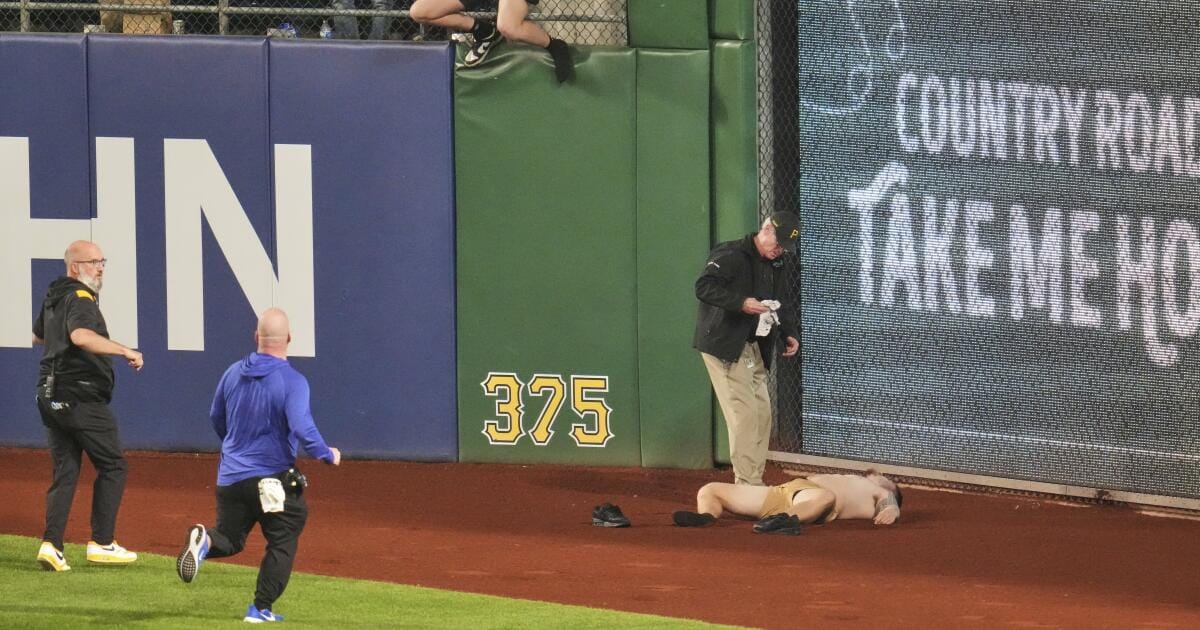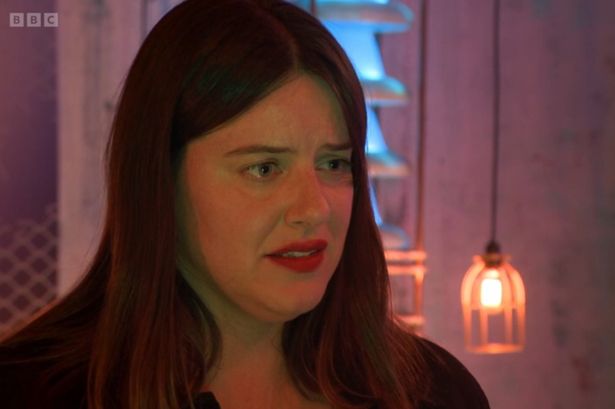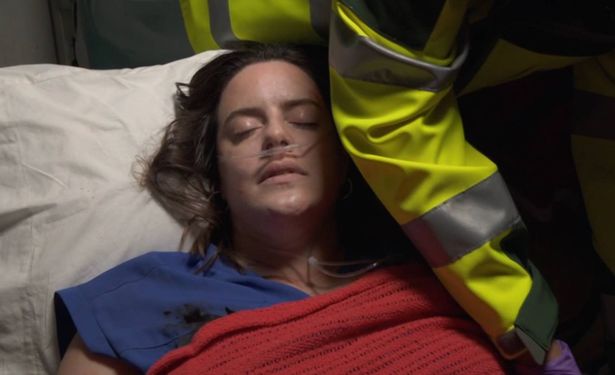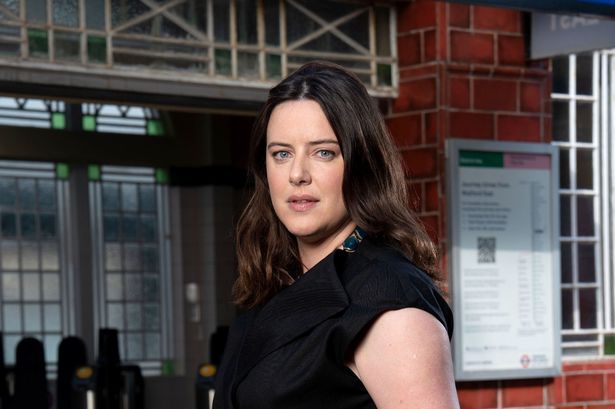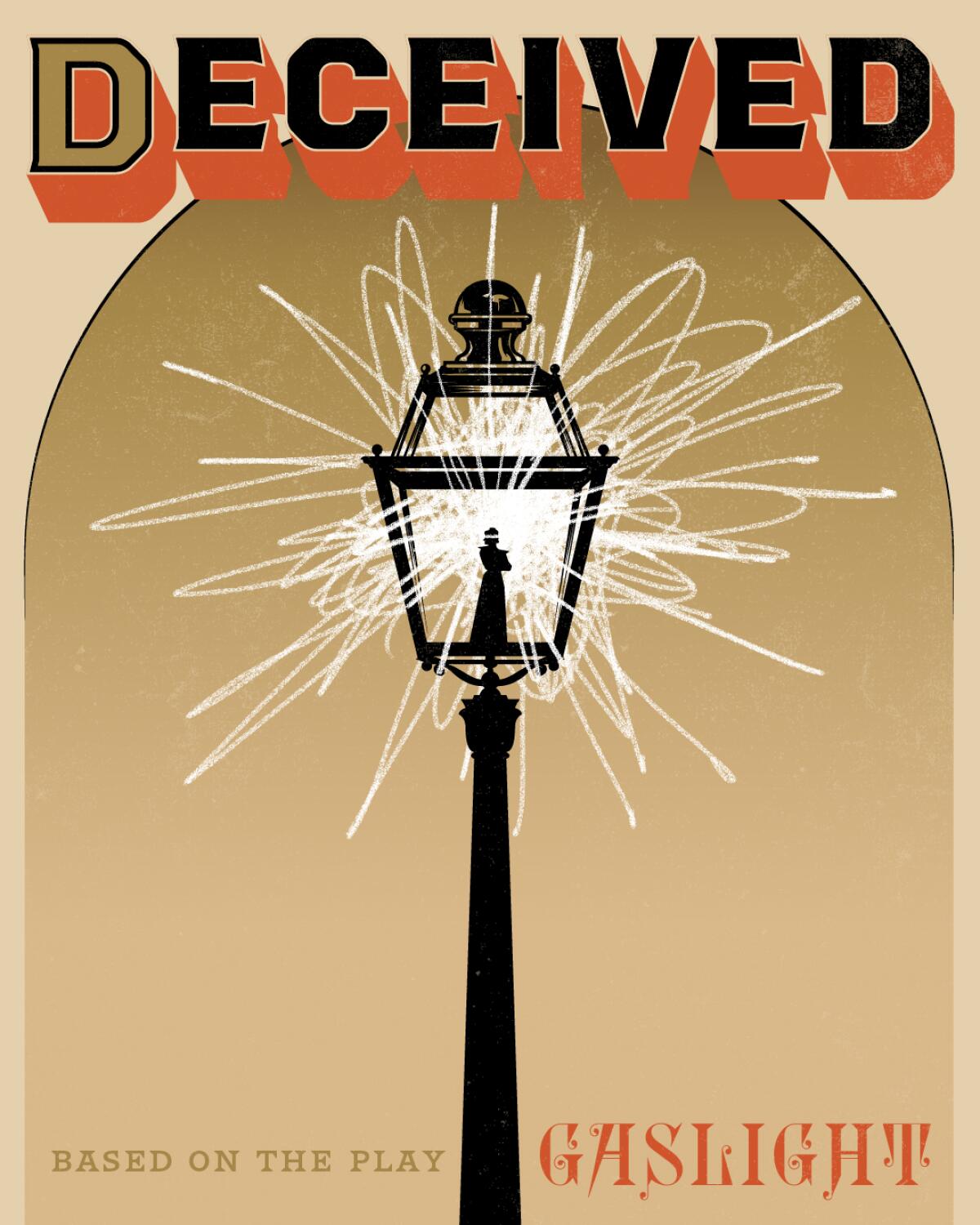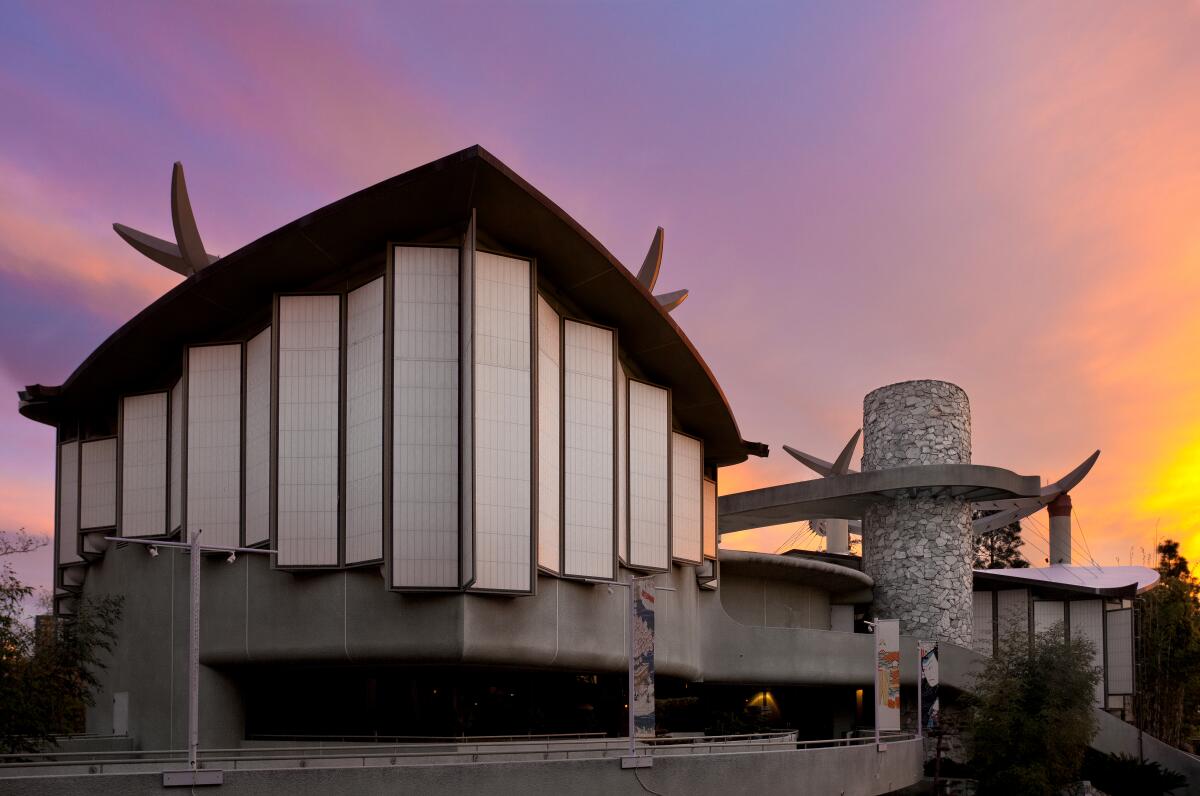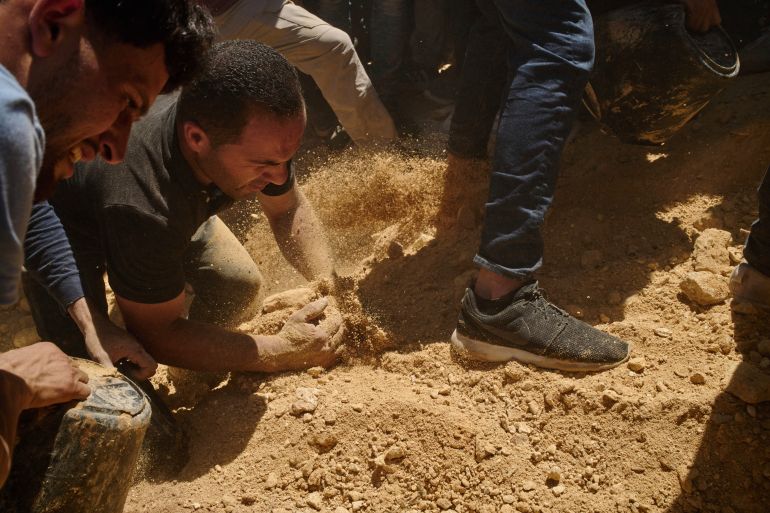I moved to Kent during the pandemic and am yet to leave. From its bustling high street to its sandy beaches, there’s something for everyone in this charming seaside town
Five years ago, I relocated to Deal in Kent during lockdown, intending to flee the deserted streets and sky-high rent of London, with plans to return once normality resumed. Needless to say, that didn’t transpire, and here I am, half a decade later.
Despite my occasional grumbles about the town, I’m not too proud to confess that I’ve become smitten with the place. There’s nothing quite like strolling down a bustling high street brimming with independent shops, cafes, restaurants and pubs on a Saturday morning.
One of my favourite activities is indulging in a slice of cake on a Saturday afternoon after hours spent hunting for Christmas and birthday gifts for my loved ones. While the summer months are undoubtedly warmer and the town buzzes with more activity, Deal truly shines in the autumn.
Christmas lights begin to twinkle, illuminating the charming high street on damp, grey afternoons; shop windows burst into life with festive displays, and the aroma of freshly baked pastries and hearty pub meals permeates the air.
The experience is also more tranquil overall. I often find myself steering clear of Deal High Street and the seafront during the summer, when they’re teeming with tourists queuing for ice cream, precariously balancing pints of beer in plastic cups, or fishing off Deal Pier.
While it can be off-putting, I’m pleased it’s bustling. Without these summer visitors, many local businesses would struggle throughout the rest of the year, reports the Express.
The charm of Deal lies in its fantastic independent shops and cafes. While you’ll find a few essential chains like Superdrug, Boots, Costa and Starbucks at one end of the high street, the majority of the town’s shops are independent businesses.
One of my favourite spots is Barkened, a small independent shop at the North end of the high street. It’s brimming with carefully selected items that make perfect gifts for dog-lovers and homeware enthusiasts.
For those in search of unique gifts and eclectic clothing, Urban Chic is your destination. The shop is full of colourful womenswear, sunglasses, gifts, cards, bags and homeware. It’s my go-to place for Christmas gifts as I’m always sure to find something unique that can’t be found elsewhere.
Tucked away down St George’s Passage just off the high street, The Little Purple Wardrobe is a true hidden treasure filled with pre-loved designer and high street women’s clothes, shoes, hats and accessories.
It’s always my first stop when I’m hunting for an outfit for a special occasion or simply in need of some quality clothing.
Just off the high street on the corner of Stanhope Road, visitors will discover a truly unique shop: Pop! Vintage and Retro.
Overflowing with vintage and retro items, vinyl records, enamel signs, collectables, furniture and more, it’s the ideal stop if you’re searching for a gift for that eccentric uncle or the friend who has everything.
Every Saturday morning, from 9am to 2pm, the Union Road car park at the north end of the high street transforms into a bustling weekly market. During these hours, the high street’s northern end is pedestrianised, creating a vibrant atmosphere as locals and visitors alike peruse the wide array of goods on offer. The market boasts an impressive variety of stalls, selling everything from fresh flowers and vintage clothing to books, furniture, arts and crafts, and mouth-watering cakes.
Even if you’re not in the mood for shopping, it’s a delightful way to spend a Saturday morning, perhaps with a coffee in hand from Real Deal Roasters. I often find myself picking up freshly cut flowers and eggs, which are both cheaper and superior to their supermarket counterparts.
Lately, I’ve set myself the challenge of sampling all of Deal’s eateries—a daunting task given their sheer number.
A few weeks back, on a whim, I popped into Little Harriettes of Deal Tea Rooms for some warm scones and a pot of tea. The experience was utterly charming, and the entire lunch—which included homemade soup with bread, two pots of tea, and two large warm scones with jam and clotted cream—cost less than £20.
The staff were incredibly attentive and friendly, instantly making me feel comfortable. The decor was exactly what you’d expect from a traditional Victorian tea room: a small chandelier, an old-fashioned till, vintage furniture, a cake counter, and tea served in floral bone china.
If you’re not a fan of tea and cakes, there’s a wide range of savoury options on the menu, including vegetable tarts, sandwiches and soup.
Just last week, I popped into Miretti, situated at the North end of the high street. I confess, I’ve been strolling past this cafe for years, always promising myself that I’d stop by one day.
On a crisp autumn afternoon, I finally kept that promise and dropped in for a slice of cake and a decaf coffee.
This cosy cafe is run by a welcoming couple and offers a small selection of homemade cakes, chocolates and Italian biscuits, alongside illy coffee and hot chocolate. Although the selection is limited, the coffee and food items I sampled were divine. I indulged in a small dark chocolate praline truffle that was rich, nutty and luxurious, and a set vanilla custard cake that was creamy and just the right amount of sweet.
Sat at a table on the pavement, it was delightful to sip my coffee and nibble on my cake while watching the world pass by.
Miretti has now earned a solid spot on my list of must-visit locations on Deal High Street.
With its abundance of trendy eateries and foodie destinations, it’s tough to single out the best pubs and restaurants in Deal.
Last year, esteemed food critic Grace Dent hailed the Japanese-inspired eatery Blue Pelican, nestled on Beach Street, as one of her top restaurants of the year. In contrast, a few years back, Jay Rayner lauded The Rose on Deal High Street for its “impressive cooking”. I’ve yet to sample the fare at either establishment, but the feedback I’ve received from both tourists and locals has been nothing short of stellar.
For a scrumptious dinner with a beachfront view, my personal favourite is 81 Beach Street, a cosy bistro known for its superb steak and seafood dishes that won’t break the bank.
I’d also suggest giving The Boathouse Bar & Restaurant a try, which is part of The Royal Hotel situated on the seafront. During the balmy months, you can snag a table outside and watch the waves crash against the shingles on the beach below.
Come autumn, you’ll likely prefer to dine indoors to escape the chilly winds, but you’ll still be treated to a splendid view of the sea.
For breakfast, I always point people towards Goose on the Green and The Corner Cafe in Walmer, and The Lane in South Court, just off Deal High Street. Each of these spots offers a slightly different menu, but they all share a common thread—friendly, attentive staff and high-quality ingredients at fair prices.
After a leisurely Sunday stroll along the pier and back, I’d strongly recommend heading over to The Ship Inn on Middle Street.
This traditional pub, complete with rickety wooden chairs, candles on tables and friendly staff who’ll happily stop for a chat, is a real gem. During the winter months, a roaring fire fills the establishment with a warm glow and a pleasant smoky scent that always reminds me of autumn. It’s also one of the few places where you can still get a pint for less than £4.
Living in Deal is fantastic. There’s always something happening, and there’s never a shortage of great food spots.

